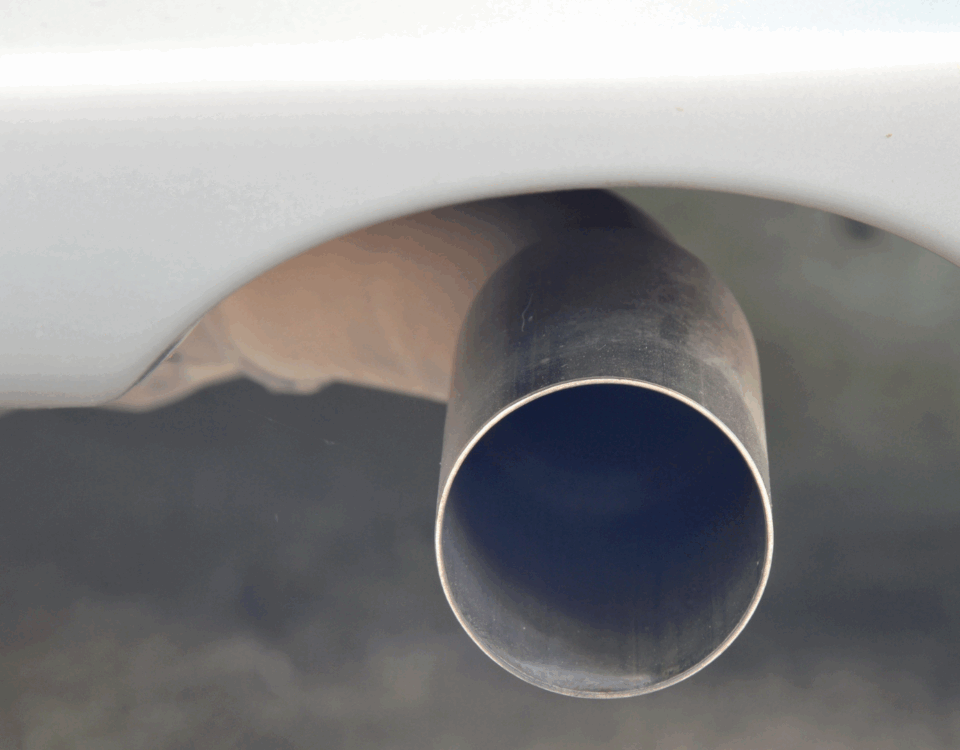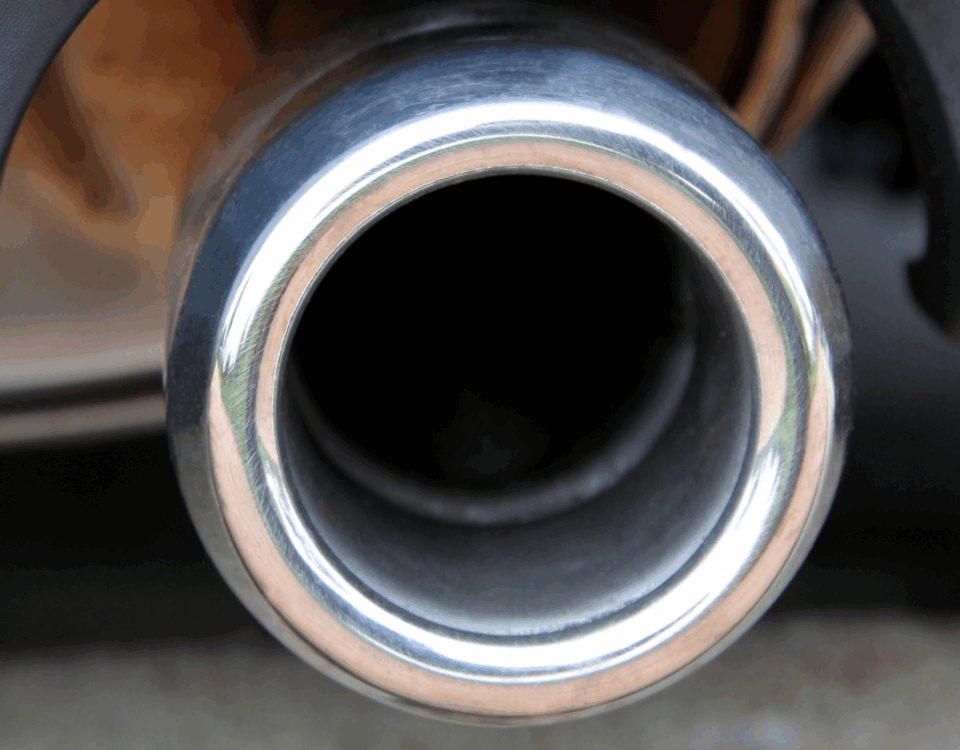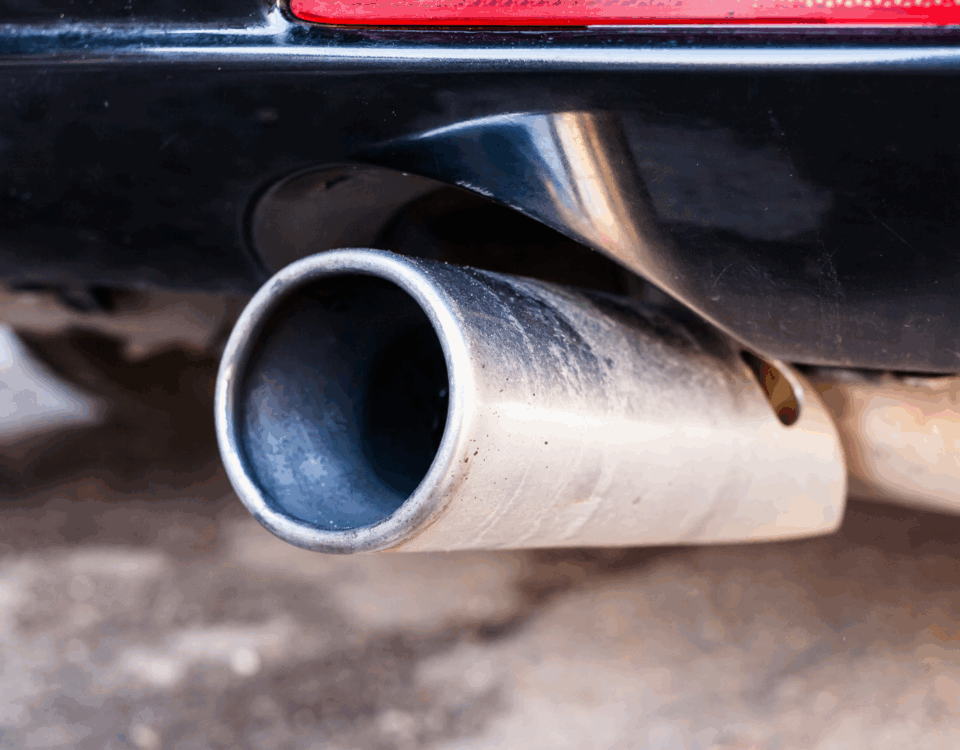
Exploring Randal D. Simmons Park: The Ultimate Guide to a Day in Reseda, CA
November 8, 2023
Smog Check 101: Everything You Need to Know for a Hassle-Free Experience
November 14, 2023For many vehicle owners, the term “smog check” can elicit a mix of confusion and concern. However, understanding the ins and outs of this emissions test is crucial for both environmental responsibility and compliance with local regulations. In this guide, we’ll explore essential tips and tricks to help you navigate the smog check process seamlessly.
Know Your State’s Requirements:
Before diving into the smog check process, familiarize yourself with your state’s specific requirements. Emission standards and testing frequency can vary, so being informed about local regulations is the first step to a stress-free smog check.
Understand the Testing Components:
A smog check typically involves several key components, including:
Emission Levels: Vehicles are tested for the amount of pollutants they release into the air, such as nitrogen oxides, carbon monoxide, and hydrocarbons.
OBD-II System Check: The On-Board Diagnostics (OBD-II) system is inspected for error codes and malfunctions.
Visual Inspection: Key emission control components, like the catalytic converter, are visually inspected.
Regular Vehicle Maintenance:
One of the most effective ways to ensure a smooth smog check is to keep up with regular vehicle maintenance. Routine tasks like oil changes, air filter replacements, and spark plug checks can significantly impact your vehicle’s emissions and overall performance.
Address Warning Lights Promptly:
If your vehicle’s dashboard is adorned with warning lights, especially the notorious “Check Engine” light, don’t procrastinate. Addressing these issues promptly can prevent them from escalating into more significant problems and improve your chances of passing the smog check.
Drive Your Vehicle Before the Test:
Some vehicles require a bit of driving to complete their self-diagnostic tests. Ensure your car has been driven enough to allow the On-Board Diagnostics system to report accurate data during the smog check.
Choose a Reputable Smog Check Station:
When selecting a smog check station, opt for one that is licensed and certified by the appropriate authorities. Checking online reviews can provide insights into the reliability and professionalism of a given station.
Keep Records:
After a successful smog check, retain a copy of the certificate for your records. Some states may require this documentation during the vehicle registration process.
Address Failures Strategically:
In the event of a failed smog check, don’t panic. Work with a qualified mechanic to diagnose and address the issues promptly. Some states offer waivers or financial assistance for necessary repairs.
Navigating the smog check process doesn’t have to be daunting. By understanding your state’s requirements, staying on top of vehicle maintenance, and choosing a reputable smog check station, you can ensure a smoother experience. Proactive measures, such as addressing warning lights and keeping records, contribute to both a hassle-free smog check and a cleaner, healthier environment.
Read More:
Smog Check 101: Everything You Need to Know for a Hassle-Free Experience





